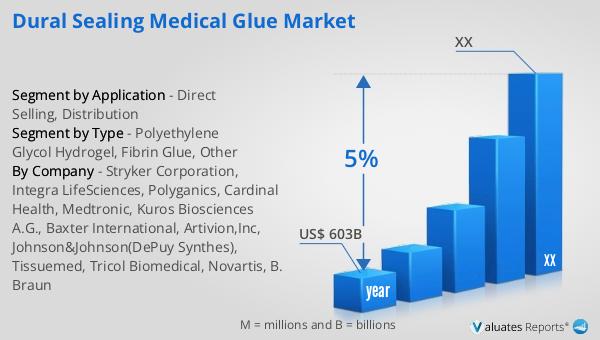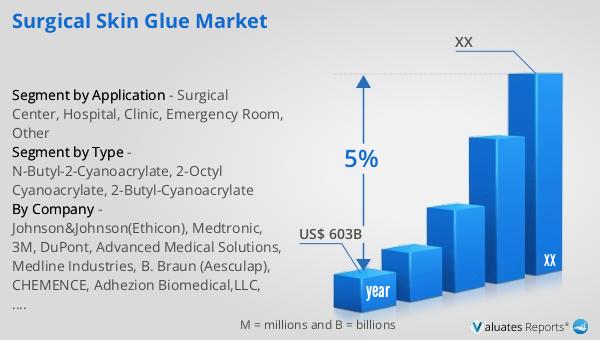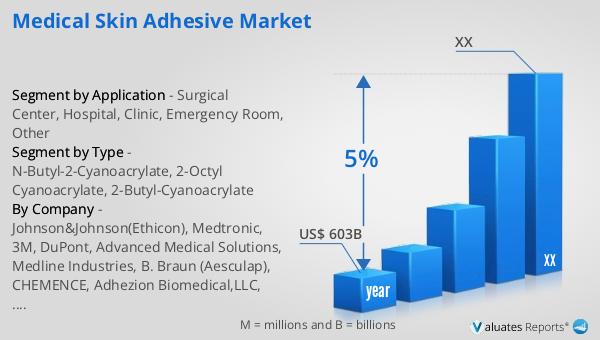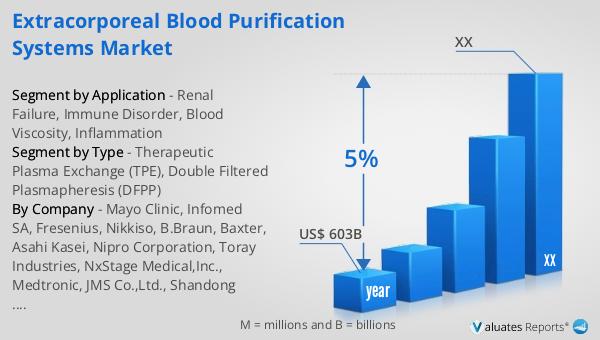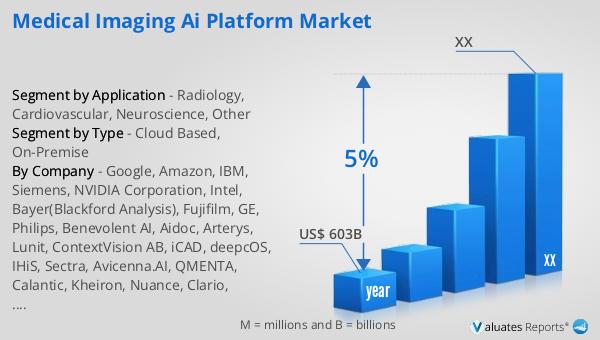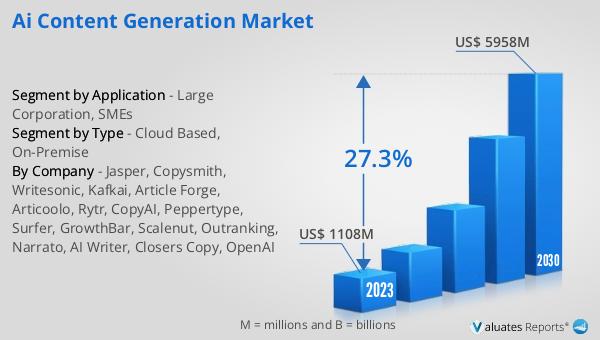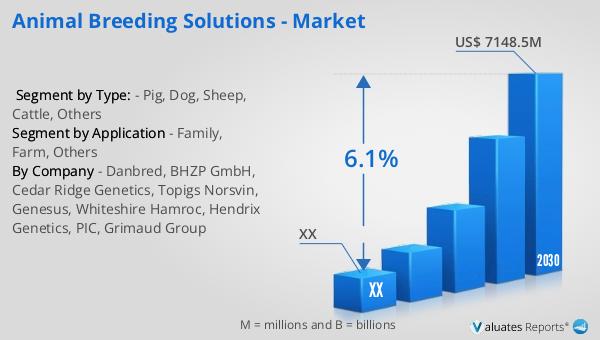What is Global Bioartificial Liver Therapeutic Technology Market?
The Global Bioartificial Liver Therapeutic Technology Market is a rapidly evolving field focused on developing advanced treatments for liver diseases. This market encompasses a range of innovative technologies designed to support or replace liver function in patients with acute or chronic liver failure. Bioartificial liver devices combine biological components, such as liver cells, with artificial systems to perform essential liver functions, including detoxification, metabolism, and synthesis of vital proteins. These technologies aim to bridge the gap between liver failure and liver transplantation, providing critical support to patients awaiting a donor organ or those who are not candidates for transplantation. The market is driven by the increasing prevalence of liver diseases, advancements in biotechnology, and the growing demand for effective liver support therapies. Key players in this market are investing heavily in research and development to enhance the efficacy and safety of bioartificial liver devices, making them a promising solution for improving patient outcomes and quality of life.
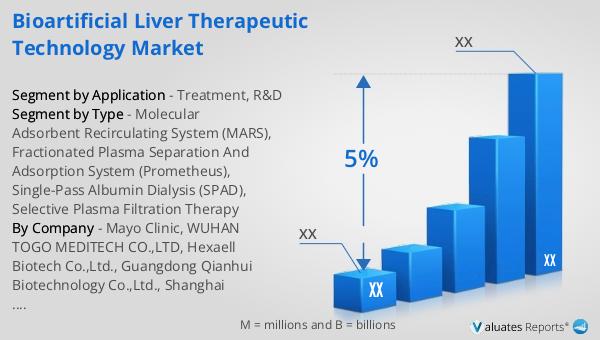
Molecular Adsorbent Recirculating System (MARS), Fractionated Plasma Separation And Adsorption System (Prometheus), Single-Pass Albumin Dialysis (SPAD), Selective Plasma Filtration Therapy in the Global Bioartificial Liver Therapeutic Technology Market:
The Molecular Adsorbent Recirculating System (MARS) is a sophisticated liver support therapy that utilizes albumin dialysis to remove toxins from the blood. MARS operates by circulating the patient's blood through a series of filters and adsorbents, which selectively bind and remove harmful substances, such as bilirubin and bile acids, while preserving essential proteins. This system is particularly effective in treating liver failure and hepatic encephalopathy, providing temporary support until the liver can recover or a transplant becomes available. The Fractionated Plasma Separation and Adsorption System (Prometheus) is another advanced liver support technology that combines plasma separation with adsorption techniques to detoxify the blood. Prometheus separates the patient's plasma from the blood cells, allowing for the selective removal of toxins through adsorption columns. This system is designed to provide continuous detoxification, improving liver function and patient outcomes. Single-Pass Albumin Dialysis (SPAD) is a simpler yet effective liver support method that uses a single pass of the patient's blood through an albumin-containing dialyzer to remove toxins. SPAD is often used in conjunction with other therapies to enhance detoxification and support liver function. Selective Plasma Filtration Therapy (SPFT) is a novel approach that employs selective filtration techniques to remove specific toxins from the blood while preserving essential components. SPFT is designed to provide targeted detoxification, reducing the risk of complications and improving patient outcomes. These technologies represent significant advancements in the Global Bioartificial Liver Therapeutic Technology Market, offering new hope for patients with liver failure and other liver-related conditions.
Treatment, R&D in the Global Bioartificial Liver Therapeutic Technology Market:
The usage of Global Bioartificial Liver Therapeutic Technology Market in treatment and research and development (R&D) is multifaceted and holds great promise for advancing liver disease management. In the realm of treatment, bioartificial liver devices are employed to provide critical support to patients with acute or chronic liver failure. These devices can perform essential liver functions, such as detoxification, metabolism, and protein synthesis, thereby stabilizing patients and improving their chances of recovery. For instance, the Molecular Adsorbent Recirculating System (MARS) and Fractionated Plasma Separation and Adsorption System (Prometheus) are used in clinical settings to manage severe liver conditions, offering temporary support until the liver can regenerate or a suitable donor organ is found. These technologies are particularly valuable for patients who are not candidates for liver transplantation or those facing long waiting times for a donor organ. In the field of R&D, the Global Bioartificial Liver Therapeutic Technology Market is driving significant advancements in liver disease research. Researchers are exploring new materials, cell sources, and engineering techniques to enhance the performance and safety of bioartificial liver devices. This includes the development of more efficient detoxification methods, improved biocompatibility, and the integration of advanced monitoring systems to optimize device function. Additionally, R&D efforts are focused on understanding the underlying mechanisms of liver diseases and identifying novel therapeutic targets. By leveraging bioartificial liver technologies, researchers can create more accurate models of liver function and disease, facilitating the discovery of new drugs and treatment strategies. Overall, the Global Bioartificial Liver Therapeutic Technology Market is playing a crucial role in both treatment and R&D, offering innovative solutions to improve patient outcomes and advance our understanding of liver diseases.
Global Bioartificial Liver Therapeutic Technology Market Outlook:
The global pharmaceutical market was valued at approximately 1475 billion USD in 2022, with an anticipated compound annual growth rate (CAGR) of 5% over the next six years. In comparison, the chemical drug market has shown a steady increase, growing from 1005 billion USD in 2018 to an estimated 1094 billion USD in 2022. This growth reflects the ongoing demand for pharmaceutical products and the continuous advancements in drug development and manufacturing. The pharmaceutical market encompasses a wide range of products, including prescription medications, over-the-counter drugs, and biologics, all of which contribute to its substantial market size. The chemical drug market, a significant segment of the pharmaceutical industry, focuses on the development and production of small-molecule drugs that are chemically synthesized. The steady growth in this market segment highlights the importance of chemical drugs in treating various medical conditions and the ongoing innovation in this field. Overall, the pharmaceutical and chemical drug markets are poised for continued growth, driven by the increasing prevalence of chronic diseases, aging populations, and advancements in medical research and technology.
| Report Metric | Details |
| Report Name | Bioartificial Liver Therapeutic Technology Market |
| CAGR | 5% |
| Segment by Type |
|
| Segment by Application |
|
| By Region |
|
| By Company | Mayo Clinic, WUHAN TOGO MEDITECH CO.,LTD, Hexaell Biotech Co.,Ltd., Guangdong Qianhui Biotechnology Co.,Ltd., Shanghai CELLIVER Biotechnology Co.,Ltd, Shandong yiruite Biotechnology Co.,Ltd, Guanhao Biotech Co.,Ltd. |
| Forecast units | USD million in value |
| Report coverage | Revenue and volume forecast, company share, competitive landscape, growth factors and trends |
